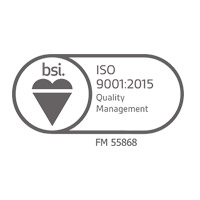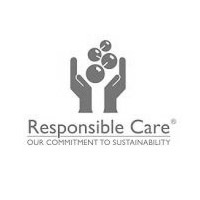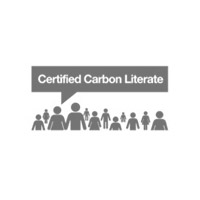
What Are ADR Regulations and Why Are They Important?
At Vickers, we adhere strictly to ADR regulations, ensuring the safe and compliant movement of dangerous goods across the UK and beyond.
What Are ADR Regulations?
ADR regulations relate to the strict rules set for transporting dangerous goods by road. These regulations provide the framework for how substances like flammable liquids, toxic chemicals, and corrosives should be classified, packaged, labelled, and transported.
In the UK, ADR standards are enforced through the Carriage of Dangerous Goods and Use of Transportable Pressure Equipment Regulations 2009, 2011 and 2019, meaning full compliance is not just best practice, it’s the law.
Safety at Vickers
Safety is embedded in everything we do. From robust operational protocols to specialised equipment, our approach to handling hazardous goods meets and often exceeds ADR requirements.
Key compliance measures include:
- Proper classification and documentation of dangerous goods
- Use of ADR-approved vehicles and equipment
- Implementation of emergency response procedures
Team Training
We're proud to share that several members of our team have recently completed comprehensive ADR training.
The training offers vital foundational knowledge on the safe handling and transportation of dangerous goods by road, ensuring we are always compliant with regulatory standards, promoting safety at Vickers and minimising risks during transit operations.
This investment in training means every shipment we manage is backed by professional insight and regulatory compliance.
Our Commitment to Environmental Responsibility
Our commitment to environmental protection goes together with our compliance with ADR regulations. These rules don’t just govern the safe transport of hazardous goods, they also play a vital role in minimising environmental risks associated with chemical logistics.
ADR regulations require:
- Secure packaging and containment to prevent leaks and spills during transit
- Clear hazard labelling to ensure proper handling and emergency response
- Emergency protocols to mitigate environmental damage in case of accidents
By strictly following these standards, we reduce the likelihood of hazardous substances entering the environment, whether through soil, water, or air contamination.








